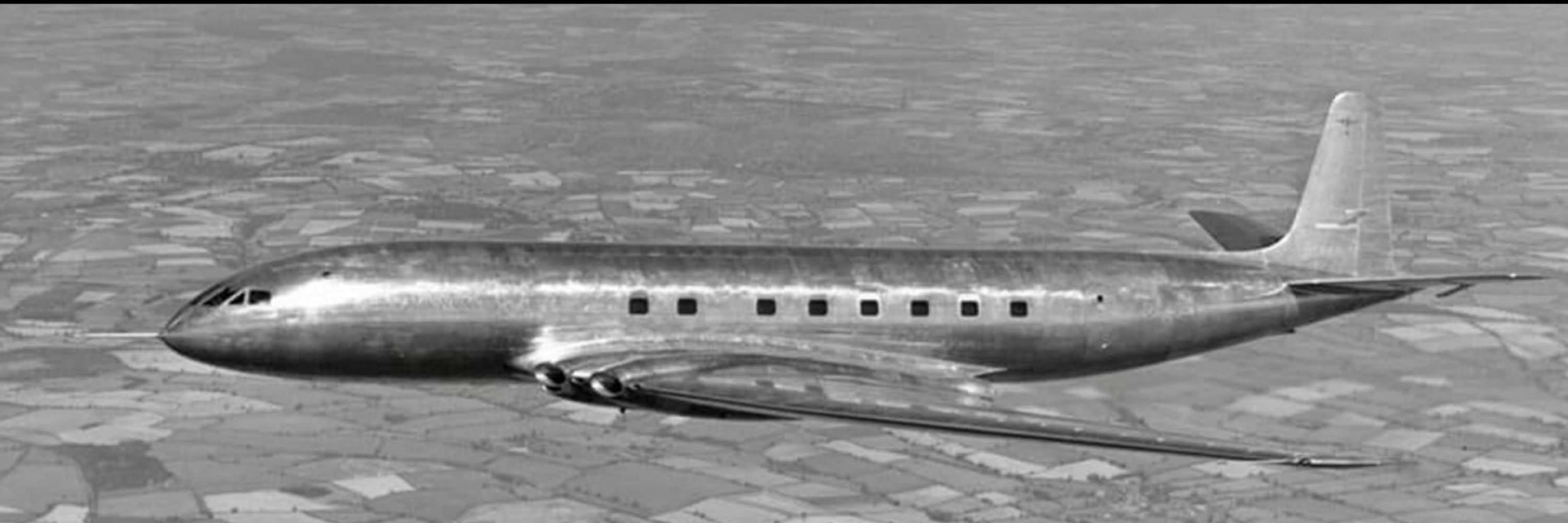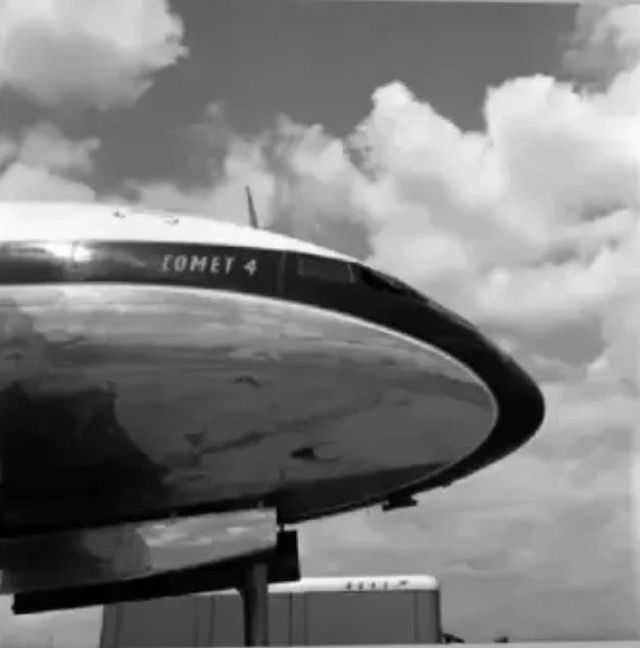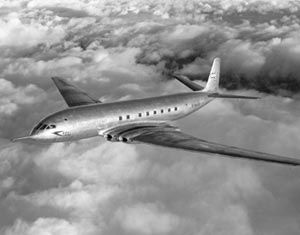
Comet de Havilland DH106
@cometdehavilland.bsky.social
43 followers
43 following
23 posts
It was pure beauty, masterpiece of technology. It was ahead of its time. It was the first. It payed unknown issues. It was the “de Havilland Comet”.
Posts
Media
Videos
Starter Packs














































